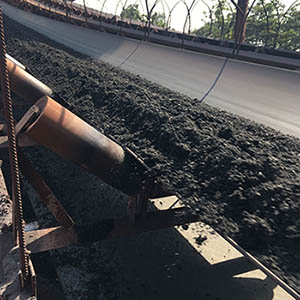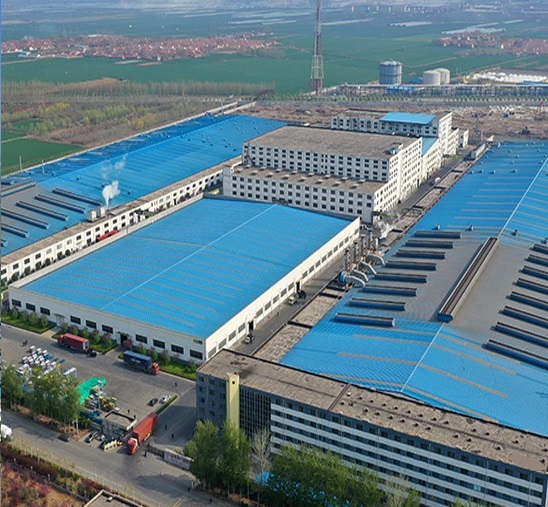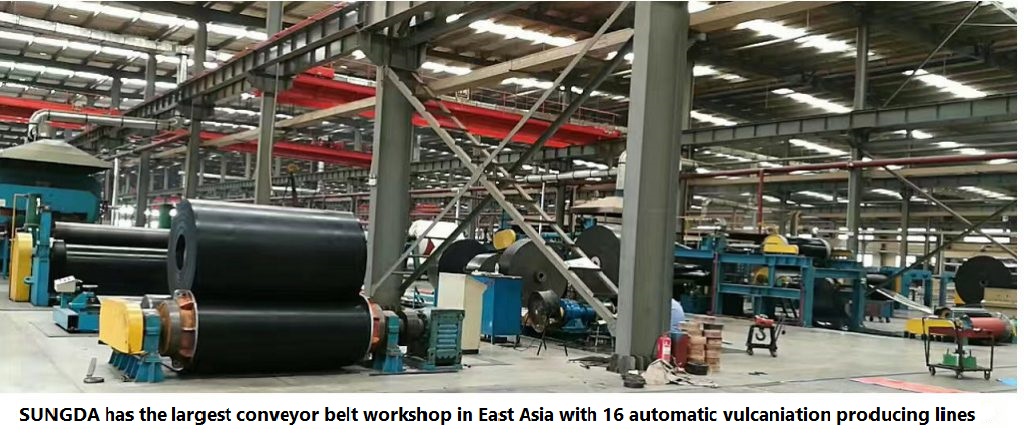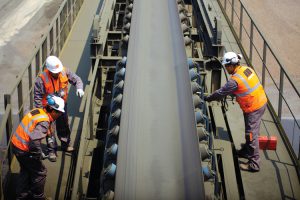The most comprehensive method to correct the misalignment of EP conveyor belt
The main forces that the conveyor belt receives when running are: traction, the gravity of the material and the belt, the supporting force of the rollers and the friction resistance. When the conveyor is operating normally, these forces prevent the EP conveyor belt from slipping. If the magnitude and direction of these forces change under the influence of certain factors, the conveyor belt will deviate. The misalignment of the conveyor belt is divided into the following types:
1.EP conveyor belt deviates in a certain part of the equipment
(1) Conveyor frame bending: The bending part of the frame should be reflected, and the straightness and degree of the part frame should be adjusted.
(2) The rollers are not parallel: the several rollers before the misalignment position are not perpendicular to the running direction of the conveyor belt, and should be adjusted in time.
(3) Attachment is stuck on the roller: it should be cleaned in time.
(4) Poor running of the idler: daily maintenance tasks should be done to enhance the smoothness of its surface.
(5) The EP conveyor belt is offset at the center of the drum: there are adhesions on the drum, and it should be cleaned in time.
2.A part of the conveyor belt deviates from the scope of the overall conveyor line
(1) EP conveyor belt joint bending: For slight bending, the self-aligning idler roller group can be used to stop misalignment correction. If the deviation is serious, the conveyor belt should be rejoined to improve the straightness near the conveyor belt joint.
(2) Lack of straightness of the EP conveyor belt itself: the use of self-aligning idler roller sets (the lack of finer straightness can be corrected automatically after the conveyor belt has been running for several days. In the case of severe lack of straightness, the operation needs to be stopped. Or replace with a new conveyor belt)
3. Overall misalignment of the conveyor belt
(1) Conveyor frame bending: The straightness and bending degree of the conveyor should be checked and adjusted over the entire length of the conveyor.
(2) The loading position of the material is not correct: the material falls on the EP conveyor belt left and right is unbalanced, and the position of feeding should be improved.
(3) misalignment from time to time without misalignment: Generally, it is caused by the breeze, and a windshield and an automatic self-aligning roller group should be installed.
(4) The heights of the supporting rollers on both sides are not consistent: the supporting rollers on the left and right sides should be adjusted to the same height.
4.The misalignment of the conveyor from time to time
(1) The newly installed EP conveyor belt is relatively stiff, and the misalignment caused by poor troughing formation at the beginning of operation can be restored to normal after a few days of operation under normal conditions. obvious.).
(2) If this phenomenon persists after running for a period of time, an automatic self-aligning idler roller group should be installed. If the belt is still not adjustable after a long period of running with a load, a new EP conveyor belt needs to be replaced.

Tags: misalignment


